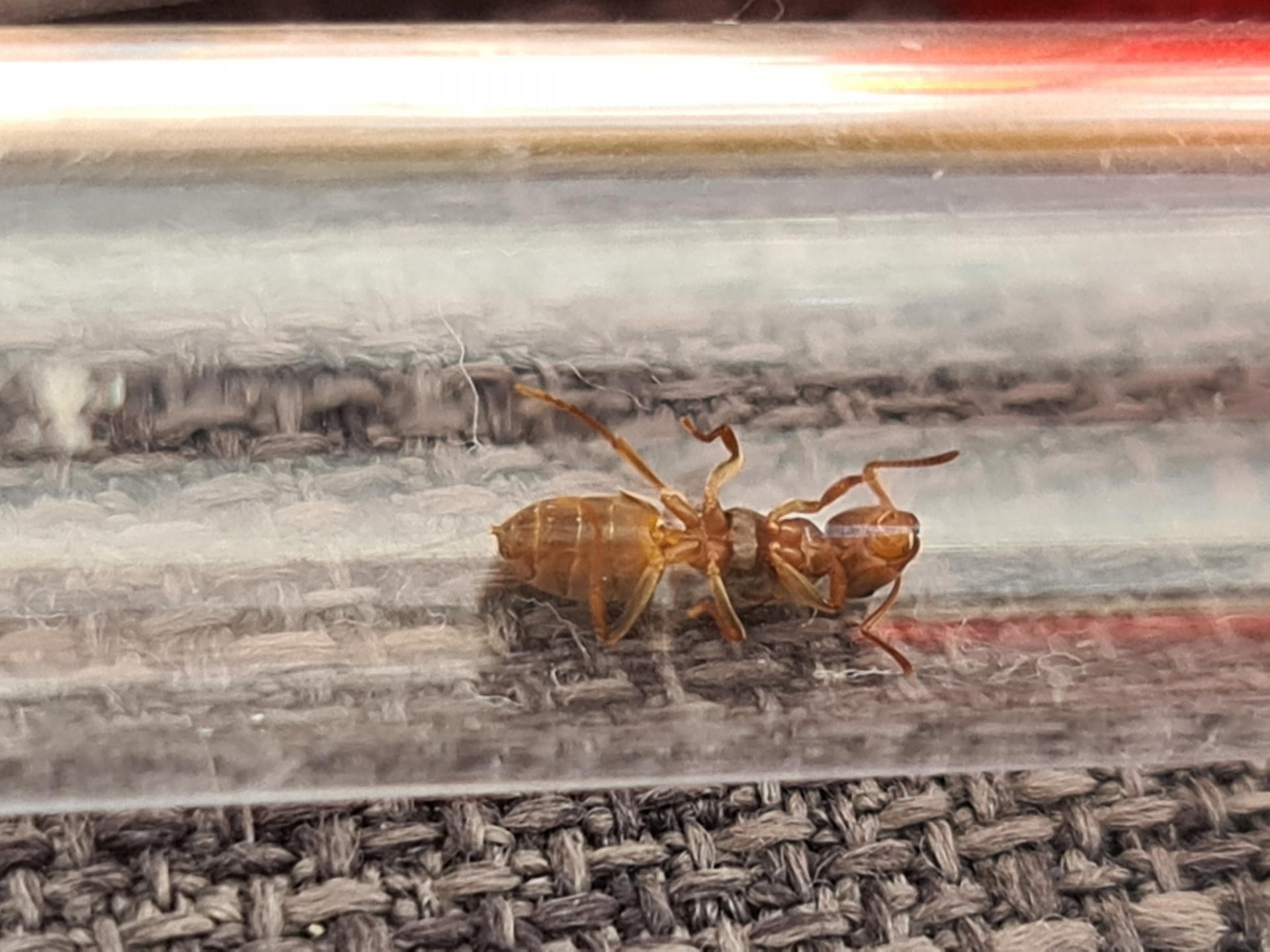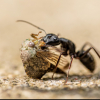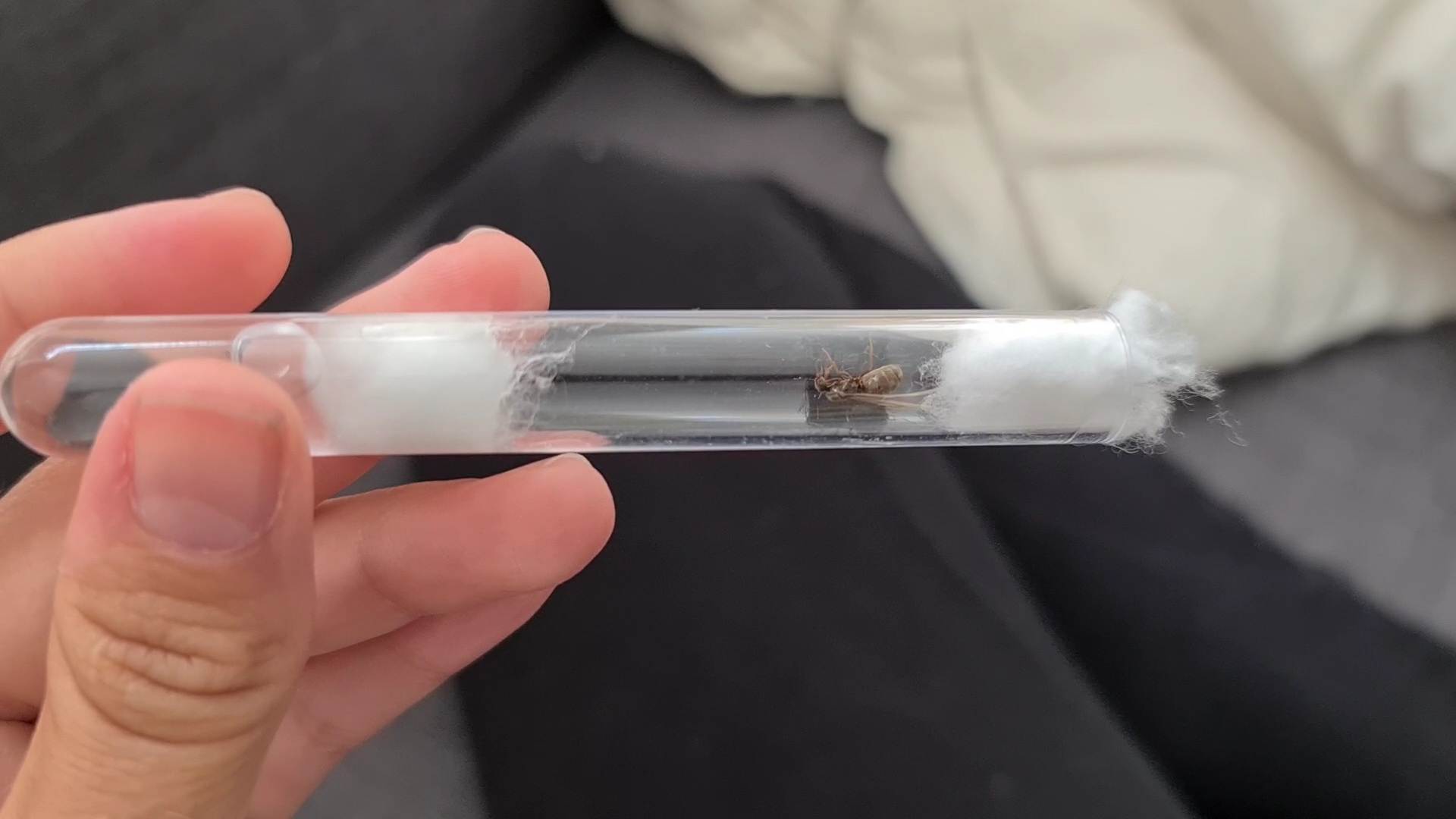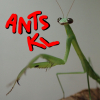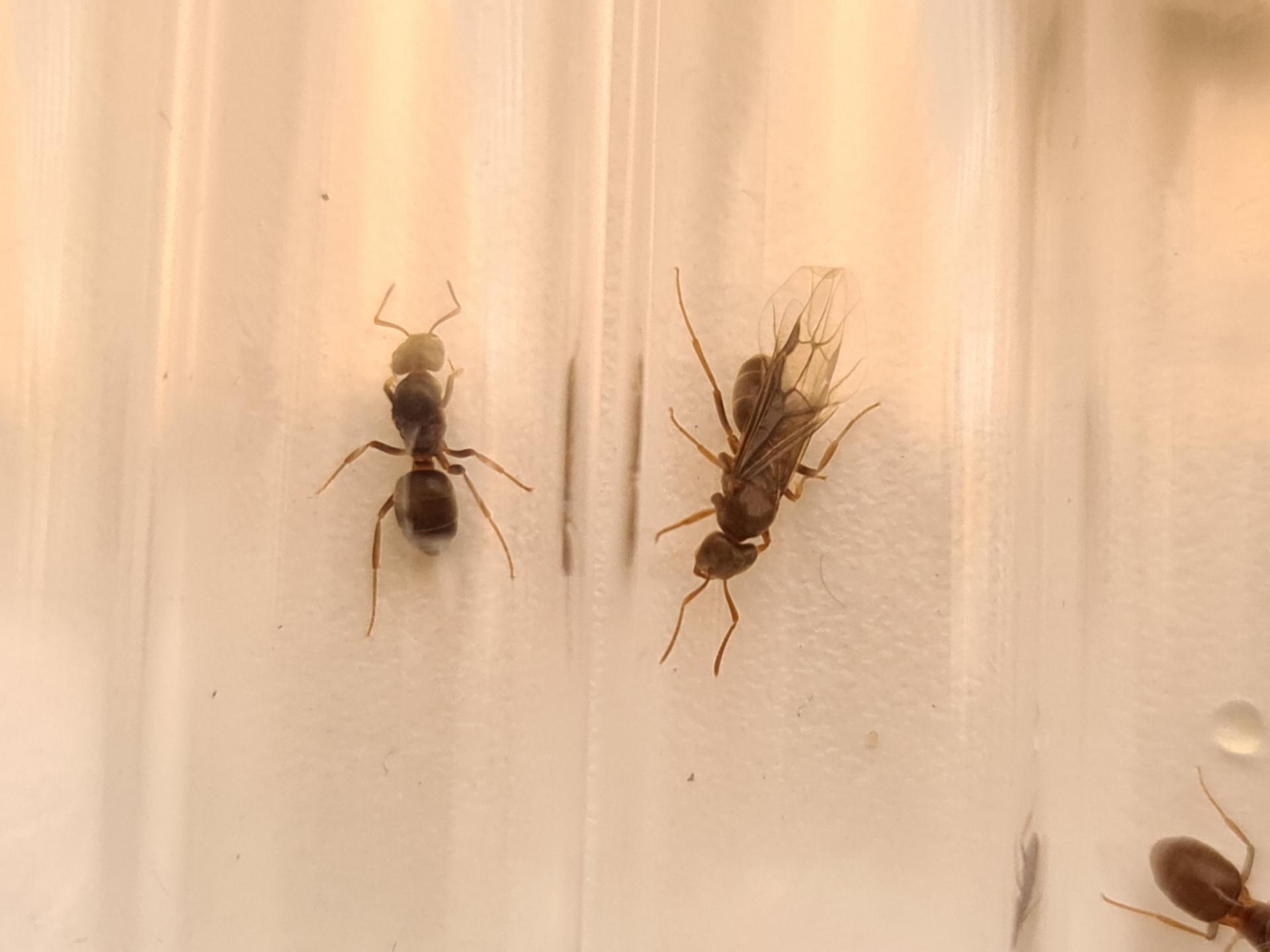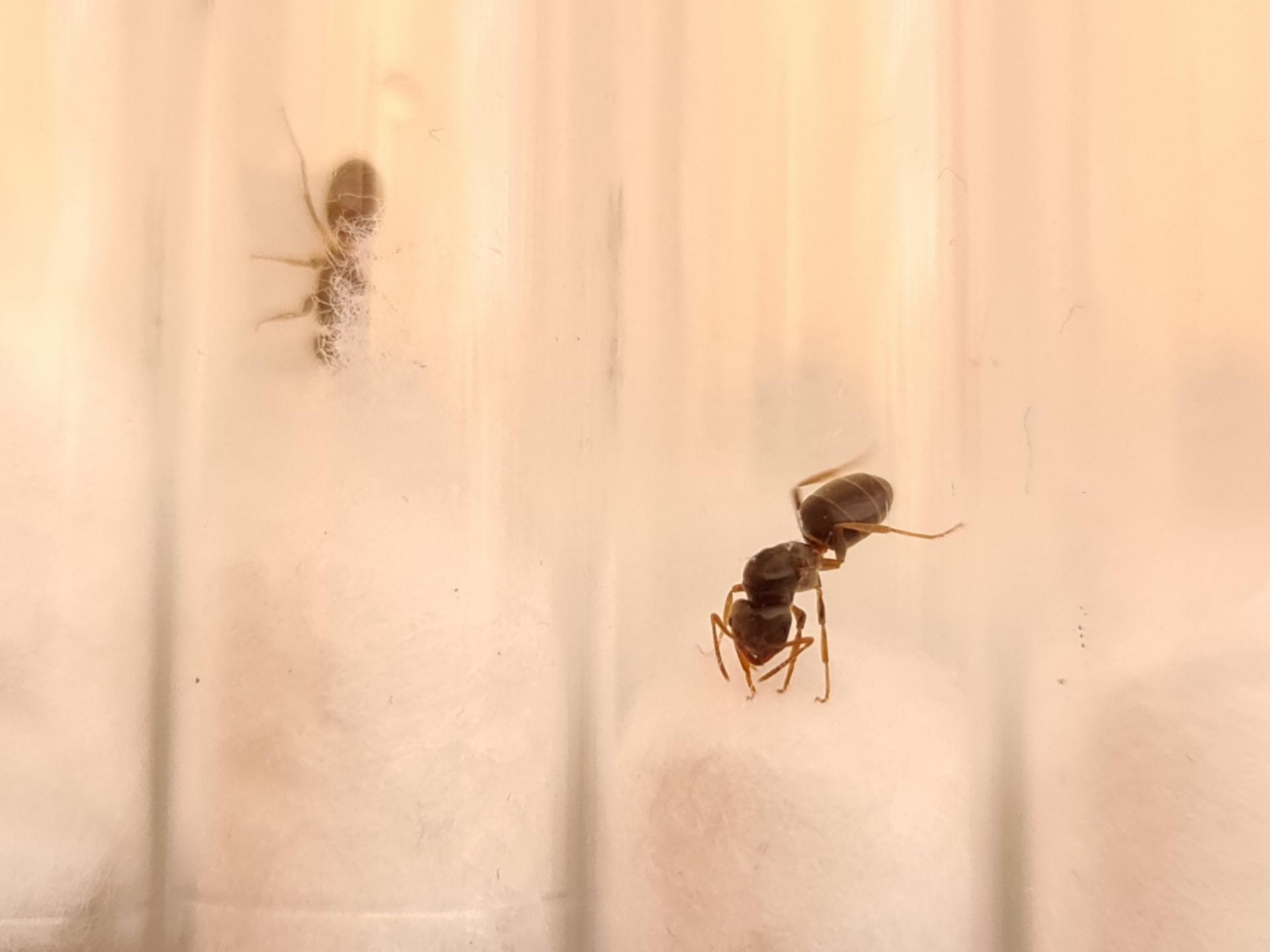Thank you all, this is super helpful information.
I gave all of the remaining queens a small drop of sugar water, which all of them immediately sniffed out and drank from. Only two more deaths overnight (compared to 8 the day before), so hopefully this will keep them alive until I've gotten workers for them.
I tried following multiple methods from the "Much Ado About the Founding of Lasius Parasites" (or whatever that pinned thread is called) to introduce established workers from deep in the nest - ones that were tending to brood. But all 3 attempts ended in dead queens. So, it seems callows is my only option.
Unfortunately with the way my Lasius nest is set up, callows are often difficult or impossible to reach. So I put about 10 workers and a bunch of pupae in a test tube with a tiny outworld, and hopefully that will do the trick.
I was also able to manually eclose a very dark pupae, and gave it to one of the queens yesterday. This morning it has started to wake up and the queen is gently licking and tending to it!
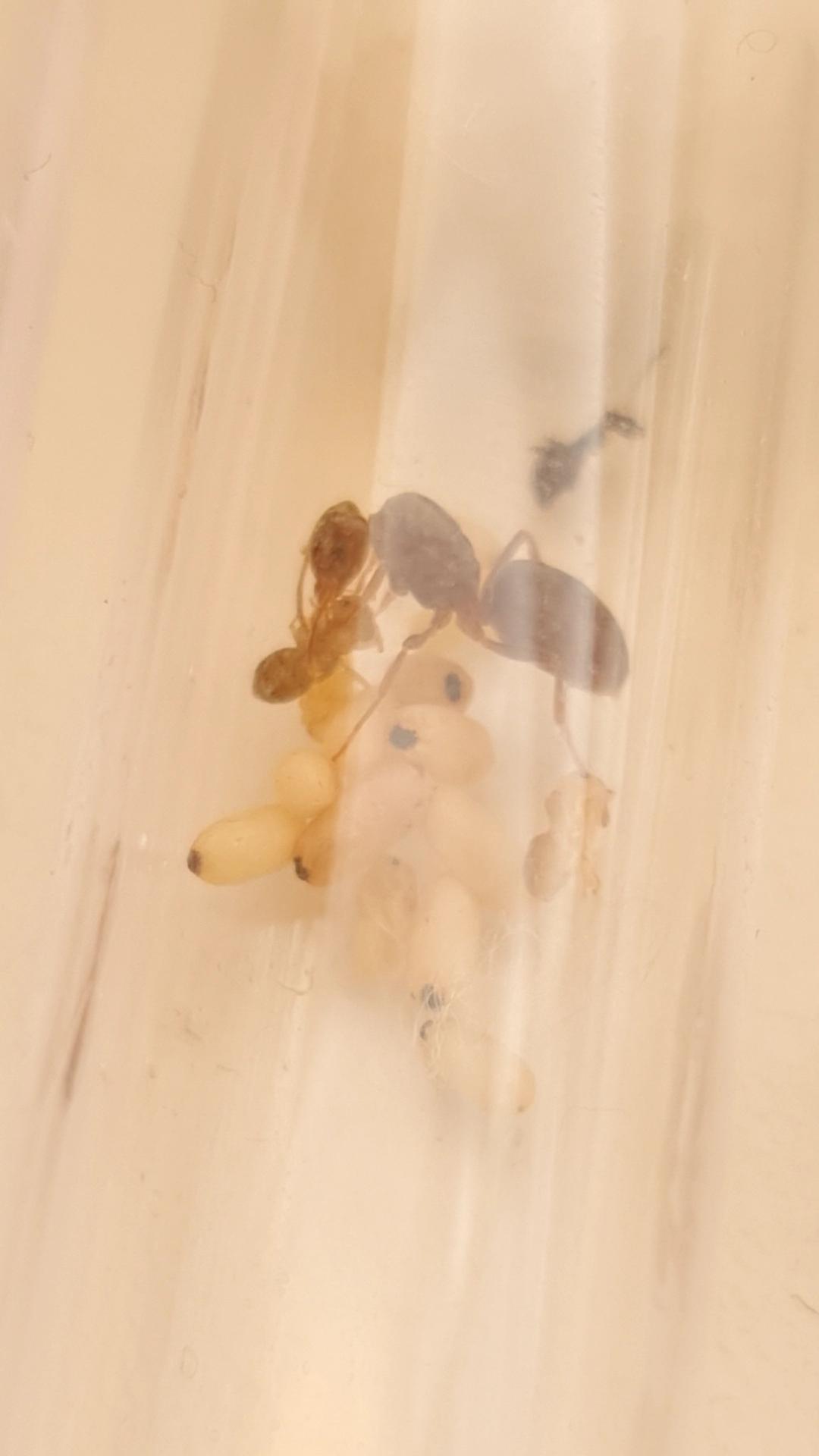
What was the giveaway that they aren't L Niger? They looked just like my L. Niger queen - but now that you mention they aren't, perhaps they are a bit too orange in color? 20210721_110628.jpg
20210721_110628.jpg 20210721_110624.jpg
20210721_110624.jpg
Parasite queens are usually much slimmer than their fully claustral hosts, and have a very large head relative to body size. Once you have seen a few, it should be easy to tell if a queen is a social parasite, even if its a different genus like formica. (Don’t confuse semi claustral queens like myrmica for parasites though, even if they have the parasite look)
Now that you say this, I can clearly see it. Thank you for much for the information!!
